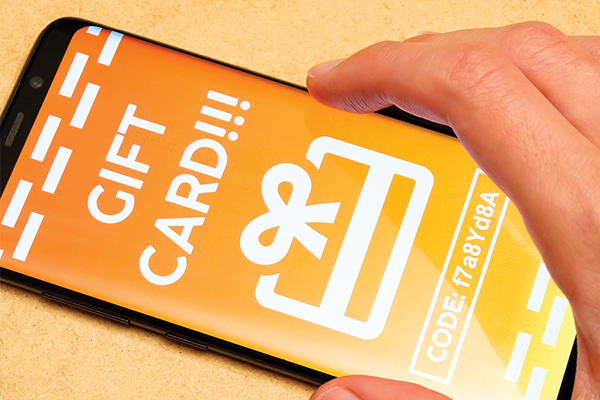How to Spot Sales Tricks Before They Cost You
Nov. 13, 2025
We’ve all been there — heart pounding, cart ready, convinced we’ve stumbled onto the bargain of a lifetime. Whether it’s a “limited-time offer,” a “buy one get one” (BOGO) deal, or a “massive clearance event,” retailers are masters at making us feel like we need to act fast or lose out. But, not every deal is what it seems to be. Some discounts are cleverly disguised marketing tactics that trick you into spending more than you planned — or more than you need to.
Let’s break down how to spot a deal that’s not really a deal and how to shop smart without falling for the hype.

1. Compare the real original price – not the “original” price they show you
One of the oldest tricks in the book is inflating the “original” price to make the sale price look more impressive. A shirt listed as “Originally $89.99, now $29.99!” might never have actually sold for $89.99. Retailers sometimes set artificially high list prices just to make the discount seem bigger.
How to spot it: Use price-tracking websites or browser extensions, like Honey or PriceGrabber, to see the item’s actual price history. If it’s always been sold for around $30, that “sale” isn’t special at all.
2. Watch for “fake urgency”
Phrases like “Only 2 left!” or “Offer ends in 2 hours!” are designed to create panic and push you into buying on impulse. But many of these warnings are automated to reset daily.
How to spot it: Leave the item in your cart for a few hours or even a day. If you get a reminder email with the same price — or even a better one — it’s not as urgent as the retailer made it sound.
3. Check the unit price
“5 for $5!” sounds great until you realize the single item is $1 anyway.
How to spot it: Always check the unit price (per ounce, per item, per liter, etc.). It’s often printed in small text on the shelf label or can be calculated manually.
4. Know the return policy
Deep discounts often come with strict return rules — or none at all. If an item is at final sale, you may be stuck with something that doesn’t fit, doesn’t work or doesn’t meet your needs.
How to spot it: Always check the fine print before you buy. If the return policy is confusing, missing or unreasonably short, that “deal” could cost you more in the long run.
5. Beware of BOGO (Buy One Get One) offers
BOGO deals can be great — but only if you actually need both items. Some retailers inflate the price of the first item so you’re not really saving as much as you think.
How to spot it: Do the math. If two shirts cost $50 under a BOGO deal, but one shirt is regularly $25, you didn’t actually save anything. It’s also a good idea to ask yourself if you’d still want the item without the deal.
6. Avoid falling for free shipping thresholds
Free shipping offers are powerful motivators, but they can encourage you to spend more just to hit a minimum amount.
How to spot it: Calculate whether it’s cheaper to pay for shipping than to buy something you don’t need. Sometimes, choosing store pickup is free and more convenient anyway.
The next time a deal seems too good to be true — pause, check the facts, and ask yourself: “Is this a smart buy, or just a shiny distraction?” Your budget will thank you.

How to Spot Sales Tricks Before They Cost You
Educational
Nov. 13, 2025

Beware of Gift Card Scams
Scam Alerts
Nov. 6, 2025







